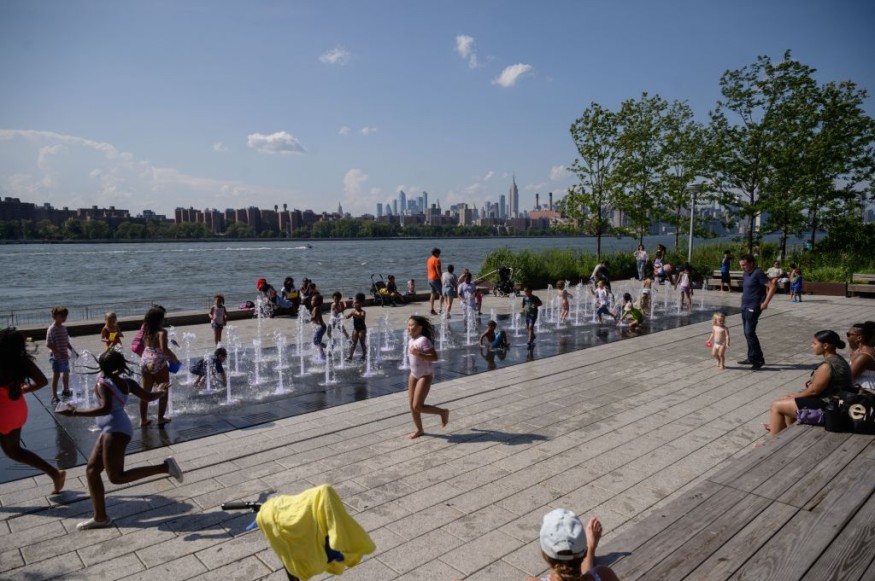The city of Atlanta beats temperature mark that New York City had not even reached until a day later, as well as other mid-Atlantic and Northeast cities.
Early Sunday morning, the temperature in the city plummeted into the 40s before NYC hit a low of 49. The National Weather Service (NWS) says this is the first that New York had dip below 50 F this fall, prior to that early Monday reading which came close to the latest date on record for the first sub-50 reading of the season. The record dates back to the 1860s and Oct. 20, 2005 distinction.

Atlanta also breaks record with other cities for chilly weather condition along the I-95 corridor, including Philadelphia, Washington, D.C., and even Boston.
According to AccuWeather meteorologists, Atlanta went a 'little chillier', with the mercury bottoming out at 47 versus the 49-degree low in Buffalo, which is rare.
Speaking of rare, they also reported that several cities across the northern tier of the country have "rivaled the warmth observed across the southern United States," in just two weeks.
Average temperature comparisons
One way of analyzing unreasonable warm temperature is by looking into their averages.
For instance, Washington, D.C. has an average temperature of 69.8 degrees Fahrenheit from Oct. 1 through Oct. 17, while in Las Vegas, the average temperature through the same time frame was 68.4 degrees. How is it unusual?
Considering how both states are in mid-Atlantic and have a milder temperature average compared to the desert Southwest, that's pretty unusual.
In the first half of October, Midwest and Northeast cities consistently had warm and humid nights, while many had reached latest dip down to 40 degrees or lower, and some had yet to even reach that mark.
It's even more impressive that other cities across the South have experienced lower temperatures than cities across the Northeast and Midwest.
Delayed fall foliage season
Low temperatures of 40 degrees or lower are not expected through the remainder of this week and paves way to a warmer weather tied to a 'delayed fall foliage season'.
Fall color is not officially tracked but anecdotal evidence from New Hampshire, New York and Connecticut indicates that this year's fall colors are "close to tying fall 2018's latest peak on record."
The summerlike warmth extends across the Great Lakes as well with above average temperatures, the highest water temperatures ever observed this late in the year.
It was observed that the lakes have warmed and contrast of warm water and cool air overhead led to the development of more than a dozen waterspouts. AccuWeather long-range meteorologists predicts bursts of lake-effect snow could develop across areas downwind of the lakes in November and December.
Another climb toward above-average temperatures this midweek after a chilly weekend is in store across the Midwest and Northeast. On the other hand, the chills will linger across New England.
So far, as energy prices continue to soar high for decades, the cool and warm condition resulted in a delay in energy bill spikes.
© 2025 NatureWorldNews.com All rights reserved. Do not reproduce without permission.





